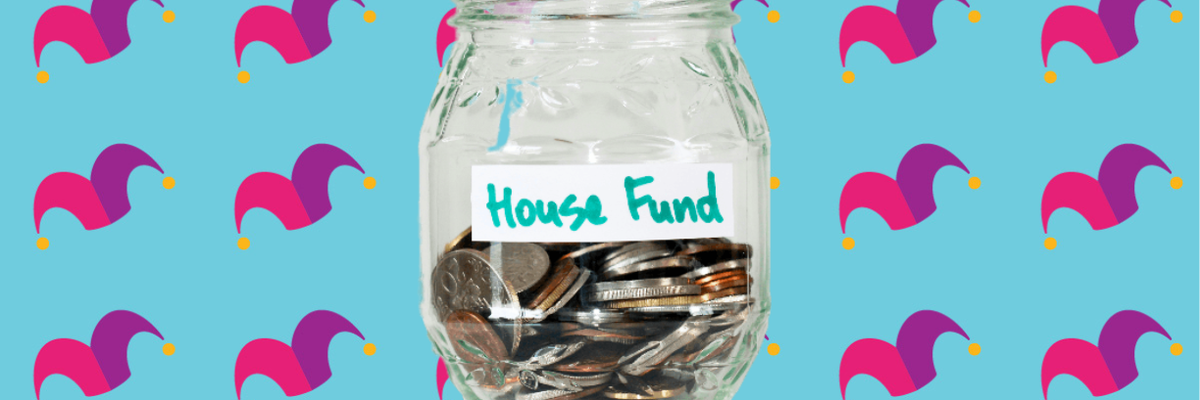Here's the Money Move I'm Making Since Ditching My PMI
KEY POINTS
- Now that I have 20% equity in my home, I no longer pay for private mortgage insurance (PMI).
- I will stash the money I'm no longer spending on PMI premiums in my savings account.
- Increasing my savings will help me afford necessary home maintenance in the future.
Some homeowners pay for private mortgage insurance (PMI), an additional expense added to their monthly mortgage bills. This insurance coverage protects lenders when homeowners default on their home loans. I recently wrote about how I ditched my PMI after achieving 20% equity in my home. Find out what money move I'm making now that my monthly mortgage payment is more affordable.
Here's why some homeowners pay for PMI
As noted above, PMI is an additional expense that some homeowners pay. If a home buyer purchases a home without a 20% down payment, their lender will charge them PMI, tacked on to their monthly mortgage payment. But those who make a 20% down payment when buying a home don't pay for this insurance.
That's why many financial experts suggest saving until you can afford at least a 20% down payment. But you don't need to make a sizable down payment like this. I only made a 5% down payment when I bought my home. I couldn't afford to put more down since I was paying nearly $20,000 after my 5% down payment, closing costs, and home appraisal and inspection fees.
It can be challenging for the average first-time home buyer to do this when additional fees like closing costs are involved. If you plan to make a smaller down payment when buying, you should budget for PMI so you're not surprised when your first home loan bill arrives.
How much can you expect to pay for PMI?
PMI premiums vary, but it's common for homeowners to pay between 0.5% and 1% of the total amount borrowed each year. If you buy a $340,000 home and make a 10% down payment ($34,000), you'll be taking out a loan for $306,000. If your PMI premium is 1%, you'll pay $3,060 annually or $255 monthly on this additional expense -- which is a significant amount of money.
Here's what I'm doing with the money I'm saving
Luckily, my PMI premiums were affordable. I was paying around $560 yearly for PMI. So it's not a massive amount of money saved, but it's something. Now that I have ditched my PMI, I will put the money I would have spent on this expense into my high-yield savings account.
Why? Owning a home is expensive, and surprise costs can pop up anytime. Even if you take good care of your home and handle necessary maintenance tasks, you may find yourself with an unexpectedly costly home repair bill. Being financially prepared can ease your stress.
I want to feel confident that I have plenty of money for upkeep and repairs as I continue to live in my home. By keeping my extra cash in a high-yield savings account, I'll earn interest, which is bonus income. At this point in my financial journey, it makes the most sense to continue stashing extra cash in my emergency fund so I'm well prepared for the future.
Once you ditch your PMI, consider saving some of what you spent on the expense each month. Doing this can be a win for your personal finances. If you're considering buying a home soon and will finance your purchase, review our list of the best mortgage lenders.
Our Research Expert
We're firm believers in the Golden Rule, which is why editorial opinions are ours alone and have not been previously reviewed, approved, or endorsed by included advertisers. Motley Fool Money does not cover all offers on the market. Motley Fool Money is 100% owned and operated by The Motley Fool. Our knowledgeable team of personal finance editors and analysts are employed by The Motley Fool and held to the same set of publishing standards and editorial integrity while maintaining professional separation from the analysts and editors on other Motley Fool brands. Terms may apply to offers listed on this page.



